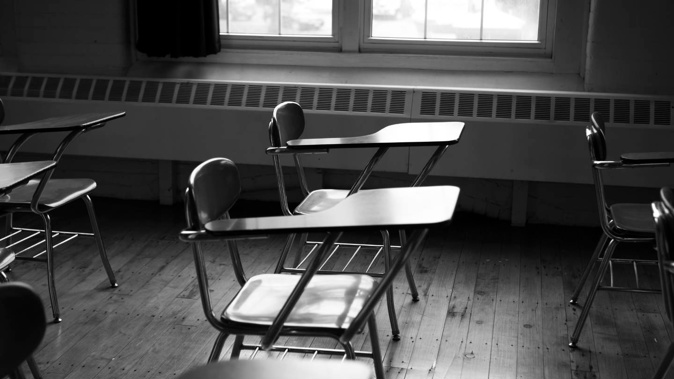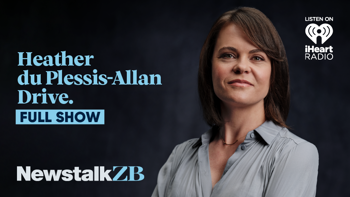
By John Gerritsen of RNZ
The Education Review Office has slammed the under-funding and under-performance of alternative education for the most troubled teenagers.
In a report published on Tuesday, the office called for a total overhaul of the system and more funding.
It said few of the more than 2000 13- to 16-year-olds, who are enrolled in alternative education each year because they had disengaged from school, achieved the benchmark NCEA level 2 qualification and too many ended up on benefits later in life.
“Alternative Education is potentially a missed opportunity to change these young people’s life trajectories. They are often engaged and attending, but the current model of provision is failing to provide them with a quality education and may be contributing to poorer outcomes. The long-term costs for the young person, their family, and broader society are very significant,” the report said.
The report said the Government increased funding to the sector in this year’s Budget to the equivalent of $16,536 per student - less than the per-student funding for some small secondary schools.
The funding was paid to contract-holders, usually schools, which in turn contracted organisations to provide alternative education for their students.
The report said alternative education providers fund-raised to make ends meet, and some closed down due to lack of funding.
Alternative education provided small-group learning with individual tutors, which students enjoyed but the results were not good, it said.
“The current model of Alternative Education is inadequate to meet the level of need of these often highly disengaged young people, leading to worse outcomes than for other young people,” the report said.
“Teaching is weak and teaching resources are inadequate. Only one in five educators in Alternative Education are registered teachers. Facilities are often so run down they act as a barrier to learning. We visited 22 Alternative Education provision sites and found six operating out of poor quality.”
The report recommended the Education Ministry help schools identify and support the young people most at risk of disengaging from school and provide effective options for those who were not thriving.
It also recommended an overhaul of alternative education so there was a clear national model with standards for high-quality provision and funding sufficient to meet the complex needs of the students in alternative education.
It said alternative education should be based on a national evidence-based teaching model, employ registered teachers, with small classes, and provide kaupapa Māori approaches.
The report also recommended the ministry ensure alternative education was provided in suitable facilities.
The report said alternative education was for the students who were most disengaged from education. It said 68 per cent were Māori and 63 per cent were male.
“In the year before they start attending Alternative Education, young people in Alternative Education miss an average of 58 days of school. Educators told us that many young people are working at a level several years below their age - for example, at Year 4 or 5 level (age 8 to 10), even though they are 13 to 16 years old,” the report said.
The report said many of the students were exposed to crime, violence and trauma and nearly a third had a mental health need.
“We have students who turn up regularly. No shoes … no food, dad’s just beat them up. That’s not like that happens once a term that’s like that happens three times a week,” one educator told ERO.
The report said 76 per cent of students said they preferred alternative education to their previous school, but only 9 per cent achieved NCEA level two compared to 32 per cent of students from comparable backgrounds who had not been to alternative education.
At the age of 24, 63 per cent of people who attended alternative education were on benefits compared to 51 per cent for the comparator group.
The report said young people could attend alternative education for as little as several weeks or as much as several years.
Take your Radio, Podcasts and Music with you









